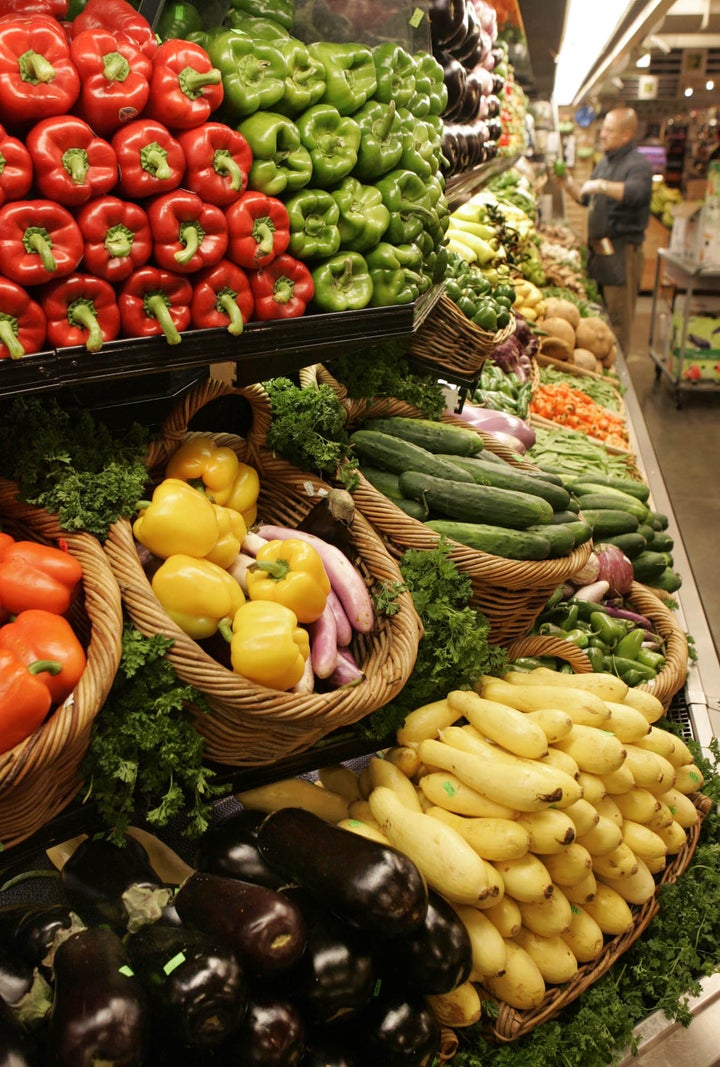
There was a time when deciding what to eat was fairly easy. It consisted of walking outside to the garden and picking out what was available and in season, and sometimes trading with a neighbor.
Now it's more complicated. At the grocery store there are aisles and aisles of choices; different types and brands of cereals, condiments, snacks, sauces and drinks; so many packaged and processed foods!
Reading a food label can also be daunting. The ingredient list goes on and on and so do the syllables. The shelf life of supermarket food is important to the manufacturer, so the ingredients quite often contain preservatives. The look and attractiveness of a product is also a factor, so dyes and colorings are added as well.
In the United States, the Food and Drug Administration regulates food labeling. The Nutrition Facts contain lots of information, including nutrient content, amounts of calories, sugar, fat, cholesterol and sodium, all in the context of serving size and a 2000-2500 calorie diet. Manufacturers are required to list ingredients in descending order by weight, from most to least. Health claims are found on many food labels, such as "high fiber, low fat content" as a way to lower risk of cancer.
Smart Choices, a front-of-pack nutrition labeling program, which debuted in August, was designed to help shoppers make better food choices. Smart Choices was scrutinized by the F.D.A because it was apparently giving approval to foods like high sugar cereals and high fat mayonnaise. The government agencies feared the program would mislead consumers, causing them to purchase products based on their green check mark seal of approval, instead of their actual nutritional content. The program has since suspended operations. Isn't it interesting that a program can suggest a product, whose first listed ingredient is sugar, a smart choice?
When shopping for food, I suggest following a few guidelines that make things simple so you can be confident of a truly smart choice.
1. Stick to the outer aisles of the store. That's where you'll find fresh produce, and more whole foods. I like to eat by the colors of the rainbow, and put lots of foods from the produce aisle with vibrant color in my cart. Leafy greens, blueberries, red apples and oranges are staples.
2. Try the unwrapped diet. If food is in a box and you have to unwrap it, more than the packaging is added. Wrapping means processing, preservatives, and chemicals are packed into the food.
3. Read the labels! What is the first ingredient? Is it some form of sugar or high-fructose corn syrup? Are vitamins and minerals represented in high or low quantities? What is the fat and sodium content? Are there ingredients that you've never heard of or cannot pronounce? These are all important questions when deciding if a product is a smart choice or a poor choice.
A health counselor and recent graduate of our school told of a client who began to incorporate some of these guidelines when food shopping. This woman began to shop primarily in the produce aisle and even started going to her local health food store for quality organic foods. Within a few short weeks she noticed a marked improvement in her overall health, dropping pounds and gaining confidence in the kitchen and out. I believe we all have the ability to make smart choices when deciding what is best for our health.
Joshua Rosenthal is the founder of the Institute for Integrative Nutrition, the largest nutrition school in the world. Visit the site for a free "14 Days to a Healthier You" coaching program.